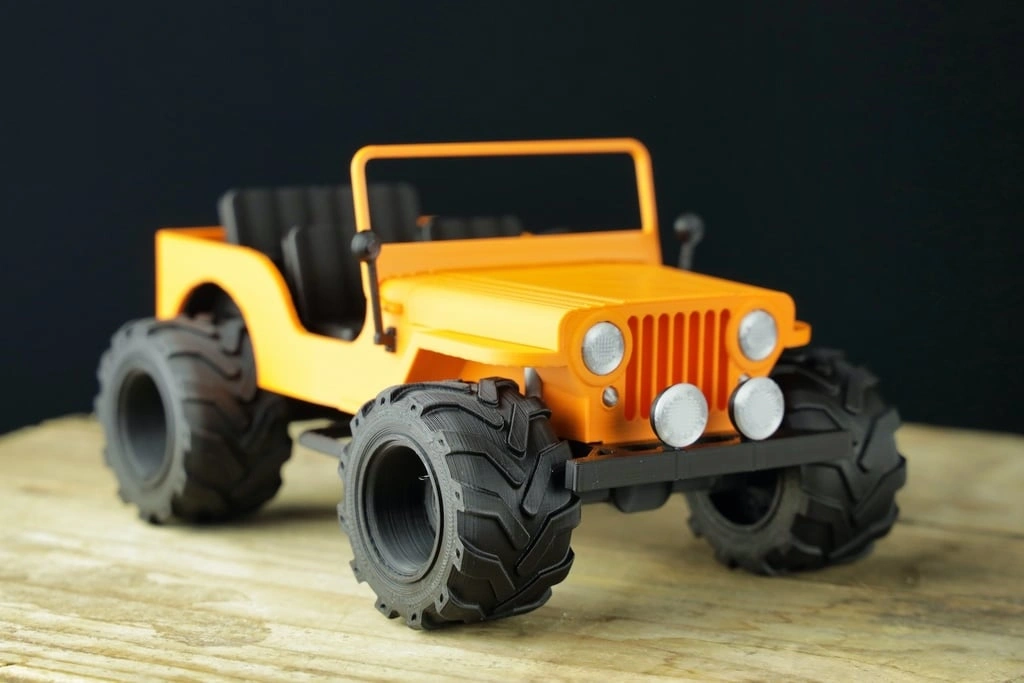How to Dissolve PLA to Clean 3D Printer Nozzles?
Aug 02,2023 | 3D4Create
I. Introduction
One of the most common 3D printing filaments is PLA, or polylactic acid. PLA is popular thanks to its low warping, wide range of colors and textures, and being derived from renewable resources like corn starch.
However, PLA has a major downside - it can easily clog up your printer nozzle during use. Small bits of PLA tend to carbonize and accumulate in the hot nozzle overtime. For tough PLA clogs that won’t budge, dissolving the gunk away with solvents is an effective cleaning method.
In this guide, we’ll look at how to use different solvents to dissolve away PLA clogs, restoring your nozzle to an unclogged state. With the right supplies and safety steps, you can quickly clean nozzle buildup by dissolving the PLA!

3D printer nozzle needs to be cleaned and maintained (photo: digikey)
II. Supplies Needed for Dissolving PLA
To dissolve PLA, you’ll need:
- Solvents that can break down PLA. The most common options are acetone, ethyl acetate, and isopropyl alcohol. Acetone works fastest but ethyl acetate is almost as effective and safer.
- A small container to soak the nozzle in. Glass jars or aluminum weighing boats work well.
- Protective equipment like gloves and goggles. Solvent fumes can be harsh.
- Optional - small wire brushes, needle nose pliers, paper towels.
III. Preparing for the PLA Dissolving Process
Before dissolving, take precautions like:
- Working in a well-ventilated area to minimize inhaling fumes.
- Wearing gloves and goggles since solvents can irritate skin and eyes.
- Disassembling the nozzle from the hot end to expose the clogged inner cavity. Refer to your printer manual.
- Optionally submerging just the nozzle tip or a smaller second container. You generally don’t need much solvent.

Candy Rainbow PLA Filament 1.75mm 1KG
IV. Dissolving PLA with Different Solvents
1. Acetone Method
- Pour enough acetone into a glass container to submerge the clogged nozzle tip.
- Soak the nozzle for 10-20 minutes. Agitate occasionally to accelerate dissolving.
- After PLA has dissolved, use pliers and wire brushes to remove any remaining residue inside the nozzle.
- Rinse nozzle thoroughly with water to wash away all solvent.
2. Ethyl Acetate Method
- Submerge the nozzle tip in ethyl acetate inside a glass jar or aluminum container.
- Let soak for 15-25 minutes, shaking the container occasionally.
- Remove nozzle once PLA appears fully dissolved. Brush and wipe away any remaining bits.
- Rinse the nozzle with water to remove residual solvents.
3. Isopropyl Alcohol Method
- Fill container with enough isopropyl alcohol to cover the clogged nozzle.
- Soak nozzle for 30 mins to 1 hour since IPA is slower reacting than other solvents.
- Use picks and wires brushes to help clear away dissolved PLA.
- Once cleared, rinse nozzle under running water.
| Chemical | Efficacy | Method |
|---|---|---|
| Ethyl Acetate | High | Vapor / Wipe On |
| Methyl Ethyl Ketone | High | Brush On |
| Sodium Hydroxide | Mid | Brush-On / Vapor |
| Dichloromethane | High | Dip / Vapor |
Melt PLA with different solvents (photo: 3dartprints)
V. Cleaning and Rinsing the Nozzle
Once the clogged PLA has dissolved, you need to fully clean the nozzle before reusing it. Take the following steps:
- Use needles, wire brushes, or pipe cleaners to scrub out any remaining loose bits from the inner nozzle cavity.
- Rinse under warm running water to completely flush away all solvents and dissolved PLA debris.
- Fully dry the nozzle using compressed air or by baking in an oven at low heat. Check for any droplets of solvent left over.
- Clean the outside of the nozzle tip with isopropyl alcohol and toothbrushes to remove any leftover residue.
Proper rinsing and drying prevents solvents from compromising print quality later. Remove every trace of gunk and chemicals.

EasyThreed Nozzle 0.4mm Connector
VI. Conclusion
Dissolving tough PLA clogs using acetone, ethyl acetate or similar solvents can restore your 3D printer nozzle to like-new condition. Allow enough soaking time for the solvents to fully break down and dissolve away built-up PLA gunk.
Thoroughly rinse and dry the nozzle after cleaning to remove all solvent residues. Always take safety precautions when using chemicals. With the nozzle cleared of blockages, you can get back to smooth, uninterrupted 3D printing. Just be sure to take steps that prevent future PLA clogs.
FAQS:
Q1. What’s the best solvent for dissolving PLA clogs?
A1: Acetone is the fastest and most effective solvent for dissolving PLA. It breaks down PLA rapidly. Ethyl acetate works nearly as fast and is less harsh.
Q2. Is it safe to soak my entire hot end in solvent to dissolve PLA?
A2: No, you should only soak the nozzle itself. The solvents can damage the other hot end components. Disassemble just the nozzle before solvent cleaning.
Q3. How long should I soak the clogged nozzle to dissolve PLA?
A3: Optimal soaking times are 10-20 minutes for acetone, 15-25 minutes for ethyl acetate, and 30 minutes to 1 hour for slower-reacting isopropyl alcohol. Check and agitate periodically.
See Also:
Unclogging 3D Printer Nozzles: Most Practical Guide



